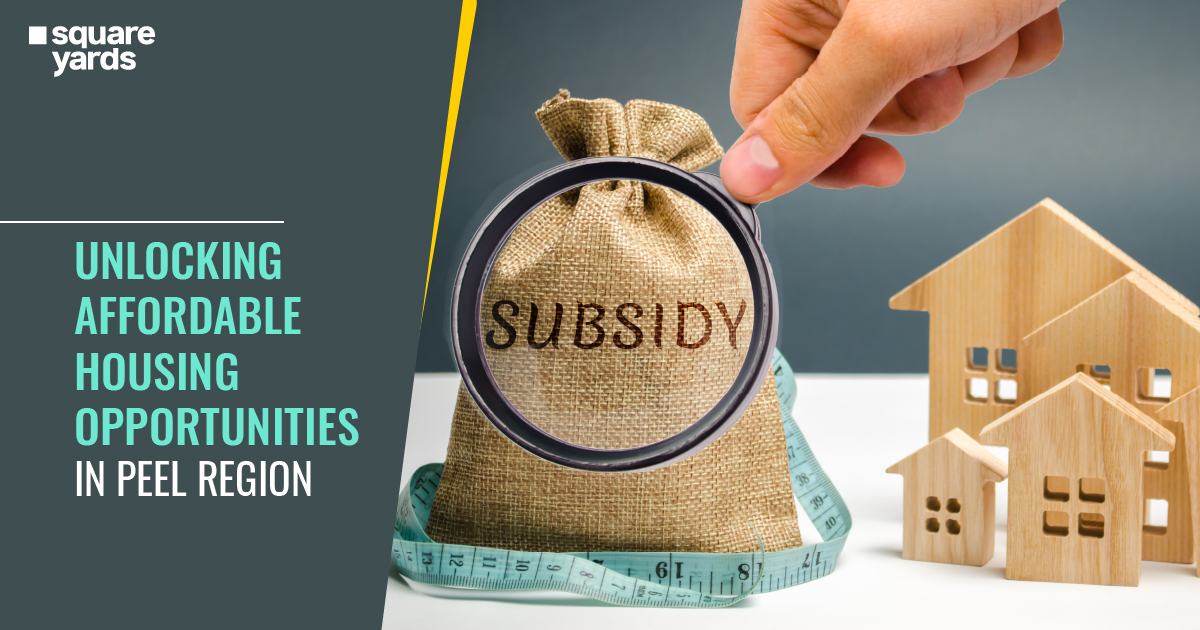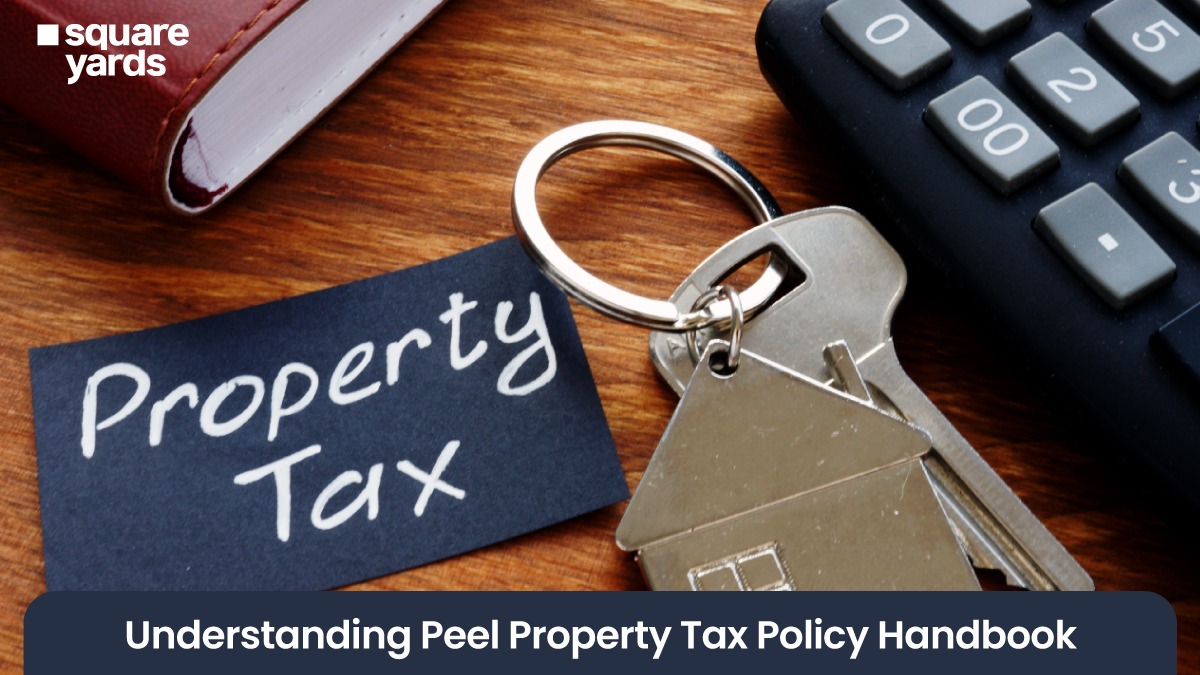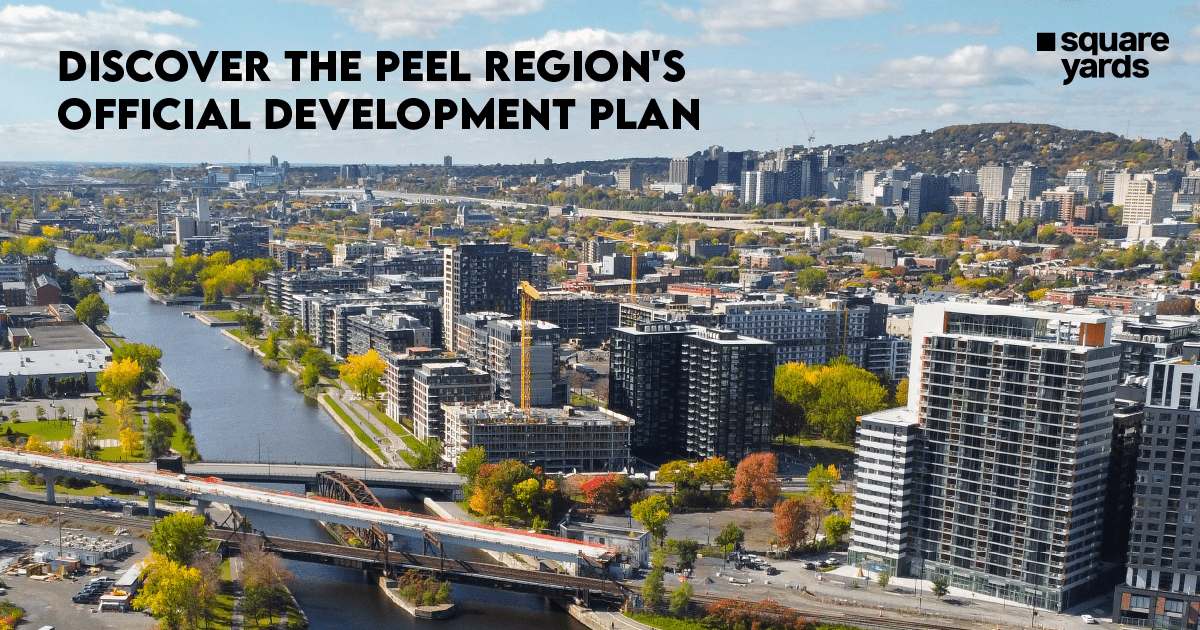Peel Housing subsidy are a crucial policy tool implemented to ensure housing affordability for individuals and families with low income. These subsidies involve financial assistance provided to help with rental costs. Depending on the type of subsidy, you can directly pay the landlord or to the recipient, aiming to alleviate the burden of housing expenses.
Subsidised housing is often linked with various terms such as affordable housing, low-income housing, public housing, and social housing. These housing subsidies are commonly connected to government programs, although nonprofit organizations, religious institutions, and charities also administer subsidised housing initiatives.
Community Housing Subsidies: Supporting Affordable Housing Initiatives
Community housing subsidies are linked to housing units possessed by community housing providers and Peel Region. These subsidies encompass two main types:
- Housing Services Act Subsidies
- Peel Region Subsidies
Together, they play a pivotal role in facilitating access to economic housing options for individuals and families in need. By fostering stakeholder collaboration, these subsidies contribute to a more inclusive and supportive housing landscape.
Community Housing: Empowering through Housing Services Act Subsidies
It was formerly known as RGIs (rent geared-to-income subsidies) / rent subsidies. This subsidy program is specifically linked to units within buildings operated by Community Housing Providers. Mandated by the Ontario government under the Housing Services Act. These subsidies are directed through the Centralized Waiting List. The subsidy amount is determined through a rent-geared-to-income calculation / by the rent benefit amount established by the government of Ontario for individuals receiving social assistance. This is also for those who are enrolled in the Ontario Disability Support Program. These RGIs aim to ensure that economical housing options are accessible to those in need, promoting housing affordability and stability in Ontario communities.
To qualify for community housing, you must meet the following requirements:
- Ability to live independently, either with or without support services.
- Age of 16 years or older.
- Canadian citizenship, Permanent Resident status, refugee claimant status, or be in the process of applying for Permanent Resident status.
- No active removal order to leave the country, i.e. Canada.
- No outstanding debts owed to any Ontario-based social housing provider. If there are outstanding debts, you must have an agreement to repay them.
- Income and assets that fall within the allowable limits set by Peel Region.
Here are the household income limits applicable for 2023:
Unit Category | Income |
Bachelor Unit | $49,500 |
1 Bedroom Unit | $58,500 |
2 Bedrooms Unit | $67,000 |
3 Bedrooms Unit | $74,500 |
4 Bedrooms Unit | $79,500 |
The following are the asset limits for the year 2023:
Type | Asset Limit |
Single person | $50,000 |
Family | $75,000 |
Community Housing in Peel Region: Supporting Affordable Housing Initiatives
The Peel Region offers a specific subsidy type funded by the region itself, which is attached to units in buildings owned by Peel Region. Unlike subsidies directed by the Ontario government, these subsidies are regulated through a needs-based approach implemented by Peel Region. This approach considers short, mid, and long-term subsidy options to cater to varying housing needs. Requirements for Peel Housing subsidy Eligibility:
- Residency in Peel Region.
- Canadian citizenship, landed immigrant status, or have applied for permanent residency/refugee protection in Canada, without any active removal orders.
Listed below are the household income limits applicable for 2023:
Unit Category | Income |
Bachelor Unit | $49,500 |
1 Bedroom Unit | $58,500 |
2 Bedrooms Unit | $67,000 |
3 Bedrooms Unit | $74,500 |
4 Bedrooms Unit | $79,500 |
Peel Region holds the authority to exercise discretion in considering households with income up to 10% above the allowed limit for their household, promoting inclusivity and flexibility in the eligibility criteria.
Assets Requirements:
- Agreement to sell any owned home/land, or shared ownership, within 6 months of accepting a housing offer.
- Total cash, investments, or property value not exceeding $50,000 (or $75,000 if applying jointly with another individual).
Outstanding Debt to Community Housing Provider - You might need to establish a repayment agreement and provide evidence of ongoing repayments as part of your case plan.
Calculating Subsidy - The subsidy amount is determined by your income. If he/she receives assistance from Ontario Works or the Ontario Disability Support Program. The highest allowances will be utilised to calculate the subsidy amount.
Tailored Case Plan for Individuals - Active participation is required to develop and implement individualized case plans. These plans are designed to enhance one’s housing situation and support them in achieving self-sufficiency.
Subsidies for Private Housing: Enhancing Accessibility
Private housing subsidies are specifically tied to units owned by private landlords. These subsidies encompass two main types: Housing Services Act and Peel Region. These programs are instrumental in facilitating economical housing options within the private rental market, promoting accessibility and affordability for individuals and families in need.
Private – Housing Services Act
This particular subsidy type is directed by the government of Ontario. This is in accordance with the Housing Services Act. It is regulated through the Centralized Waiting List. They determine the subsidy amount either by rent benefit amount specified by the government of Ontario or by the rent-geared-to-income calculation for individuals receiving social support / enrolled in the Ontario Disability Support Program.
Eligibility Criteria:
To be eligible for this subsidy:
- You should be capable of living independently. This could be with or without support services.
- You must be at least 16 years of age.
- You must be a permanent Canadian resident, a refugee claimant, or in the process of applying for permanent residency.
- There should be no active removal order for you to leave Canada.
- You should not have any outstanding debts owed to social housing providers in Ontario. If you do, you must have a repayment agreement in place.
- Your assets and income should fall within the allowed limits set by Peel Region.
Listed below are the household income limits applicable for 2023:
Unit Category | Income |
Bachelor Unit | $49,500 |
1 Bedroom Unit | $58,500 |
2 Bedrooms Unit | $67,000 |
3 Bedrooms Unit | $74,500 |
4 Bedrooms Unit | $79,500 |
Peel Region holds the authority to exercise discretion in considering families with income up to 10% above the allowable limit for their family, promoting inclusivity and flexibility in the eligibility criteria.
Portable Subsidies: Enhancing Housing Accessibility
This subsidy type is unique as it is given to the individual rather than a specific housing unit. This means that if eligible individuals decide to relocate within Peel Region while meeting all other requirements for eligibility, the subsidy can be transferred accordingly. The majority of these subsidies are utilised in partnership with private owners , offering individuals a wider range of housing options. The administration of these subsidies follows a needs-based approach, considering short, middle, and long-term subsidy options.
Requirements for Eligibility:
- Residency in Peel Region.
- Canadian citizenship, landed immigrant status, or if you have applied for permanent residence or refugee protection in Canada, without any active removal orders.
Listed below are the household income limits applicable for 2023:-
Unit Category | Income |
Bachelor Unit | $49,500 |
1 Bedroom Unit | $58,500 |
2 Bedrooms Unit | $67,000 |
3 Bedrooms Unit | $74,500 |
4 Bedrooms Unit | $79,500 |
Peel Region holds the authority to exercise discretion in considering families with income up to 10% above the allowed limit for their household, promoting inclusivity and flexibility in the eligibility criteria.
Applying for a Subsidy: Application Process Explained
If one wants to be taken into account for the Peel housing subsidy/any other form of assistance with economical housing, it is necessary to complete the housing services screening tool. This tool serves as a crucial step in the application process, ensuring that individuals are assessed for their eligibility and specific housing needs. Please refer to the provided resources for a comprehensive list of available housing supports.
Essential Information for Subsidy Applicants
Residents of Peel Housing Subsidy must be aware about the important information regarding the housing subsidy. Listed below are the key points that are essential to avail of this scheme.
Centralized Waiting List
It is their list consisting of all the applicants. These are the applicants who are waiting for access to housing in the Peel region. Tenants have to pay the rent, which will not be more than 30%. This percentage should be of their total family income. The Housing Services Act dictates the manner to manage the list. The housing subsidies accessible for people on the Centralised Waiting List are the Housing Services Act subsidies.
Subsidies are regulated based on the housing application date. The Housing Services Act provides priority access to people who are at risk or experiencing human trafficking or, family violence, this is based on the date of application. Peel Region also provides local priority access. The applicants can get this benefit for medical grounds (less than two years to live).
The waiting period might be for a long duration for a subsidy through the Centralized Waiting List.
Needs Based
The delivery of housing services entails assessing the level of need by a prioritisation process. Clients who meet the eligibility criteria for subsidies under this approach should diligently develop their personalised case plan, which focuses on enhancing their housing situation and promoting self-sufficiency.
Various types of subsidies are available. These are through the needs-based approach, including:
- Peel Region-Community Housing
- Peel Region-Private
- Portable Subsidies
Applicants listed on the Centralised Waiting List have the opportunity to be offered a needs-based subsidy based on their individual requirements and eligibility.
Provision for Those Who Have Applied for a Housing Subsidy
While awaiting a Peel housing subsidy, you can seek housing aid in other regions without forfeiting your position on the waiting list. Additionally, you have the freedom to independently search for economical housing options. Rest assured, we will notify you promptly once a housing subsidy becomes available.
If you are solely on the Centralized Waiting List and wish to be considered for any other housing subsidy, please ensure you have completed the screening of housing.
Important Information for Agencies
Please note that Peel Region authorities exclusively accept applications online by the screening process of housing. They no longer welcome paper copies, whether submitted by mail or personally.
Their dedicated staff will reach out to you if any additional supplemental documents are required, ensuring a smooth and efficient application process.
You May Also Read:






















